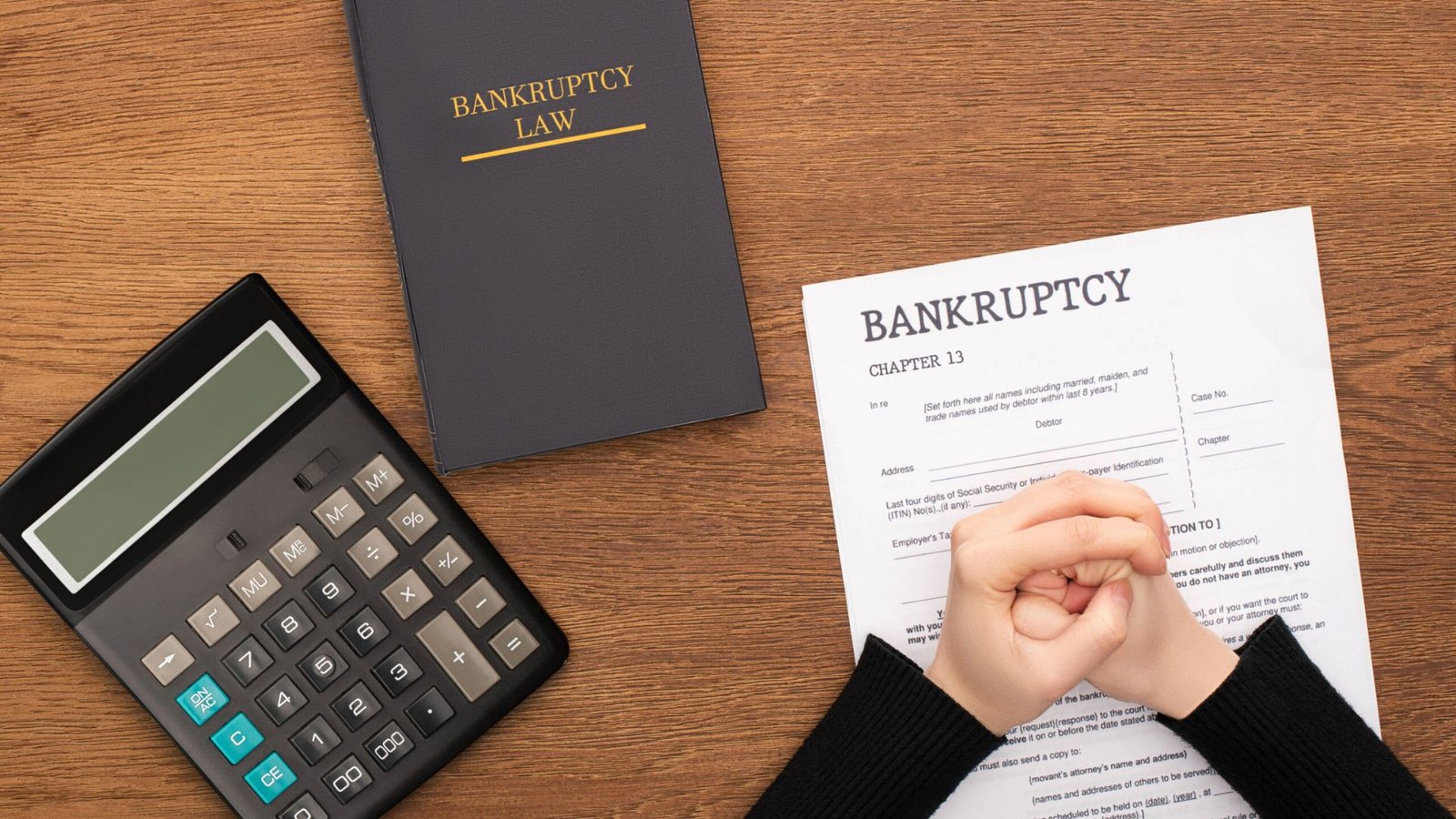Debt relief services can provide much-needed help for individuals struggling with overwhelming debt. However, there are many misconceptions surrounding these services that can cause confusion and lead to poor decisions. By understanding the facts behind these myths, you can make more informed choices when considering debt relief options. In this article, we’ll explore common myths and the truth behind them.

Myth 1: Debt Relief Services Are a Scam
Fact: While there are some dishonest companies, many legitimate debt relief services operate to help consumers reduce their debt and improve their financial situation. Reputable companies are often accredited by organizations like the National Foundation for Credit Counseling (NFCC) or the Financial Counseling Association of America (FCAA). It’s important to research the company, read reviews, and check for accreditations before choosing a service.
Myth 2: Debt Relief Will Ruin Your Credit Score
Fact: While some forms of debt relief, such as debt settlement or bankruptcy, can temporarily affect your credit score, other options like debt management plans (DMPs) or debt consolidation can help improve your credit over time. With debt management plans, for example, your credit score can improve as you make regular payments on your consolidated debt, reducing credit utilization and showing creditors that you are committed to managing your finances responsibly.
Myth 3: Debt Relief Services Can Eliminate All Types of Debt
Fact: Debt relief services are effective for unsecured debts like credit card debt, medical bills, and personal loans. However, they generally cannot help with secured debts (like mortgages or car loans), student loans, or certain tax obligations. It’s important to understand the specific types of debt that debt relief services can address and seek other solutions for debts that don’t fall under these categories.
Myth 4: Debt Relief Is Free
Fact: While many debt relief agencies offer free consultations, most services will come with a fee. The fees can vary based on the type of service, the amount of debt, and the length of the program. It’s essential to clarify the cost structure upfront and make sure you’re comfortable with any fees before committing to a service. Be cautious of companies that charge high fees or ask for upfront payments without providing a clear explanation of their services.
Myth 5: Debt Relief Is a Quick Fix
Fact: Debt relief is not a “get out of debt fast” solution. Depending on the type of debt relief you choose, it can take months or even years to see results. For example, a debt management plan may take several years to pay off your debt in full, while bankruptcy typically requires a long discharge process. The time it takes to resolve your debt through debt relief depends on the program and the amount of debt you owe.
Myth 6: Debt Relief Services Will Handle All Your Debt for You
Fact: While debt relief services can help you manage your debt, they typically don’t handle everything for you. Most services, especially debt management plans, require you to make regular payments to the company. For debt settlement, you may need to save up a lump sum to negotiate with creditors. Furthermore, you’ll need to remain actively involved in budgeting, saving, and monitoring your finances throughout the process.
Conclusion
Debt relief services can offer significant assistance for individuals struggling with debt, but it’s important to separate fact from fiction. By understanding the myths and facts surrounding these services, you can make more informed decisions about your financial future. Always research your options, choose reputable providers, and have realistic expectations about the time and effort required to achieve financial freedom. With the right approach, debt relief can help you regain control of your finances and work toward a debt-free future.











